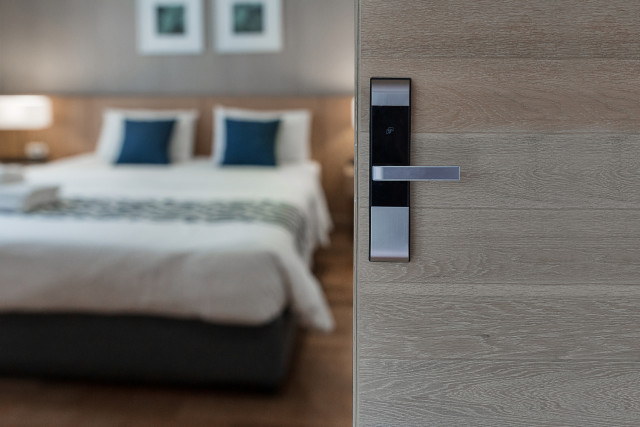Hilton’s introduction of a new lifestyle brand, Tempo, has sparked a lot of discussion about branding. I haven’t heard this much buzz about a hotel brand since Marriott introduced Moxy in 2014.
For Tempo Hotels, Hilton is targeting the “modern achiever.” The hotel giant said that Tempo offers its guests a way to stay physically and mentally healthy, all while recharging and staying mindful. According to Hilton’s website, Tempo’s fitness centers offer circuit training and traditional equipment, and the rooms include “power down” amenities and exercises designed to ease the mind before sleep.
In addition to Tempo, Hilton has 17 other brands—and Hilton is not the only hotel chain with multiple brands and creative new offerings. Marriott’s Moxy hotels are more of a party brand, with lots of hashtag opportunities. Then there is Hyatt Centric hotels, which are centrally located and host live concerts, IHG’s Hotel Indigo brand, which emphasizes local experiences, and so many more. Even the iconic brand Atari is getting in on the game by opening video-game themed Atari Hotels.
How Many Brands are Too Many?
The launch of Tempo and others leads to the question, “How many hotel brands do we really need?”
Is there room for this new brand and more in the future? If the way to grow a company is to acquire new customers, one effective strategy is to offer a product that will attract customers who don’t buy from the company already. Companies do this by targeting specific market segments who have particular needs and wants, which can bring in significant new revenue. The goal is to increase market share by pulling customers away from competitors. But with the brand space so crowded already, are these companies ultimately competing against themselves?
Maybe they are competing against their own existing brands, to a point, but if they are also acquiring new customers, it can still be a win.
My Take, Based on Industry Experience
When the big companies started getting serious about brand segmentation and the Courtyard by Marriott brand was new, I was working for a full-service Marriott hotel just outside of Boston. Our hotel was only about a year old when the company decided to build a Courtyard on the same street as our Marriott. Guests actually had to drive by the Courtyard to get to us. We did lose some customers, and we were upset about it. However, the people at Corporate said, “Don’t worry about it because there’s enough business for everybody.”
As it turns out, they were right; The reality was that the new brand appealed to the business traveler who only wanted a nice clean room and a good breakfast. Meanwhile, our hotel served a different purpose, still attracting conventions, weddings, and travelers who wanted the full hotel experience, from luggage handling to room service.
Having such a variety of offerings is great for travelers. In certain destinations, you can be specific about the amenities you want (and don’t want) and probably find exactly what you need. Do you want free breakfast, free Wi-Fi, and a lobby with space to relax and work, but you don’t need parking or a full-service restaurant? There is a hotel for you. Do you want an ocean view, a lap pool, and full business services? There is a hotel for you.
No one can predict how many more brands we will see introduced in the coming years but what I do think is that some traditional brands will continue to update and evolve by offering more of what today’s travelers are looking for.
Learn more about earning your bachelor’s degree in Hotel and Resort Management by contacting us today. For more information, complete the “Request Info” form on this page, call 855-JWU-1881, or email [email protected].
